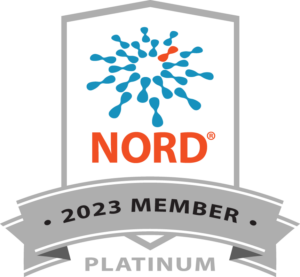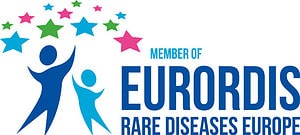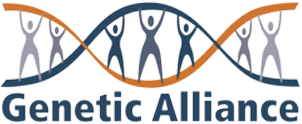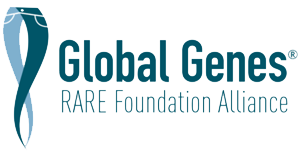General Info for Mitochondrial Myopathy
Overview
Mitochondrial Myopathy is a mitochondrial disease causing significant muscular problems is referred to as mitochondrial myopathy, while a mitochondrial disease that causes significant neurological and muscular problems is termed as mitochondrial encephalomyopathy. Organs such as the brain, skeletal muscles, and cardiac muscles have very high energy requirements, so they are disproportionately affected by mitochondrial dysfunction. Recent studies have reported two mtDNA mutations in mitochondrial myopathy patients. Specific mutations in certain mitochondrial genes (MTTK gene, MIEF2 gene; separate studies) may lead to imbalanced mitochondrial dynamics and a combined respiratory chain enzyme defect in skeletal muscle, leading to mitochondrial myopathy.
Genetics
Cause and Genetics
Mitochondrial myopathies can be managed by approaches such as physical therapy, speech therapy, or respiratory therapy. While these cannot reverse the disease course, they may significantly improve the patient’s mobility, functioning, and strength.
Additionally, the inclusion of dietary supplements has also been shown to help in certain cases. These supplements aim at bypassing the defective mitochondria and are based on three natural substances involved in ATP production in our cells- creatine, L- carnitine, and coQ10.
Signs and Symptoms of Mitochondrial Myopathy
Muscle weakness muscle atrophy, and exhaustion caused by physical exertion (exercise intolerance)
Muscle weakness begins with eye muscles and eyelids progressing to ptosis, paralysis of eye movements, blindness (retinitis pigmentosa, optic atrophy), cataracts, cardiomyopathy; liver failure (uncommon except in babies with mtDNA depletion syndrome), fatty liver, Fanconi’s syndrome (loss of essential metabolites in urine), difficulty swallowing, vomiting, feeling of being full, chronic diarrhea, symptoms of intestinal obstruction; diabetes.
In addition to these, patients with mitochondrial encephalomyopathy might experience seizures, spasms, developmental delays, deafness, dementia, stroke (often before age 40), visual system defects, poor balance, and problems with peripheral nerves.
Resources
- Scarpelli et al. (2018) Bartsakoulia et al. (2018) Ahuja, A (2018)
Connecting with others impacted by a rare disease allows for vital information to be shared about day-to-day life, prevents isolation, and gives hope. Please contact MitoAction for peer support opportunities at 888-MITO-411 or email mito411@mitoaction.org.
Other resources we recommend are:
MitoAction does not provide medical advice, diagnosis, treatment, or legal advice. It is essential that all those living with or caring for someone with a Mitochondrial or FAOD disease have an emergency protocol letter. These letters, which are written and signed by a doctor, share details about prescribed treatment during crises and in emergency room settings. Always check with your doctor if you or your child has concerns as everyone may present with symptoms differently. Before beginning any treatment or therapy, please consult with your physician.
Last Updated: 11/15/2022









